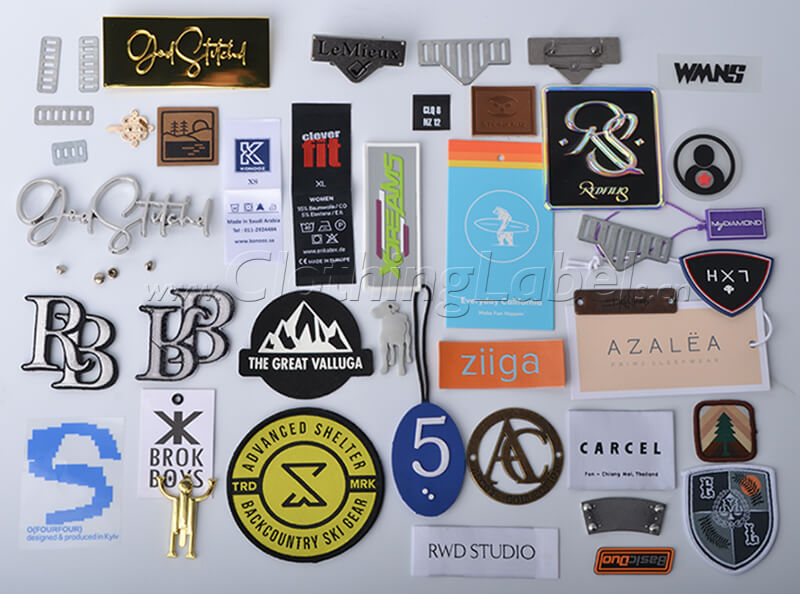Labeling is a big part of branding for your company because it helps clients identify your products more easily than other companies products. You have to think of a way to make your labeling unique and distinct from other companies.
Different Labels According To Design
There are different unique ways that you can place the label on your products, including:
Prime labels
These are the primary labels in your packaging or product container. They usually have the product name and company branding in the center and front.
You can make several enhancements to your prime label to make it stand out, like adding a foil stamp, having a matte or glossy finish, making it in your company logo shape, or specialty coatings.
Dry peel labels
These labels are usually stuck on the product containers or packaging using a temporary adhesive so that consumers can peel them off. You can use them to cover coupons or cover more directions on how to use the product.
Fold-out labels
These are labels that are usually folded out to reveal additional information. You can use dry peel labels to cover redeemable coupons or add additional copies and instructions.
However, unlike dry peel labels, the top part and the part with additional instructions or the coupon is made from the same paper. You can use this type of label together with the primary label instead of having more labels under it.
Reseal labels
These labels usually seal the product packaging or container, perfect to use on multi-use products like ready-to-use wipes or snack foods.
Expandable reseal labels
These are a combination of the reseal labels and fold-out labels. They fold out for more information, but clients can stick them back to the packaging or container for future use.
They are good when you want to add more information about your product but have a small label panel. You can use them to explain in different languages, display directions, or health information.
Different Labels According To Material
After choosing how to place the labels on your products, you have to select a material. According to Seagull Scientific, the material determines how clear the words will be on the labels and how long they will last. Some of the most popular ones include:
Industrial vinyl
This is a good material when labeling outdoor products because industrial vinyl can last for around 9-11 years without damage from UV light. They are also weather and chemical resistant. They are also flexible, and you can place them in rivets or curved objects.
Polypropylene labels
These are a suitable substitute for vinyl labels because of their solvent resistance. They are also cheaper and have better clarity than vinyl labels.
You can choose between chrome BOPP, clear BOPP, while BOPP, or removable white BOPP labels. They have different colors, coating, and adhesive.
Polyester
These come in various shapes and sizes, with the most common option being the one with a mirror-like reflection and chrome finish. It is a good material for indoor and outdoor products because they have a long-lasting adhesive and are weather resistant.
Recycled labels
If your company is keen on environmental preservation, these labels made from 100% recycled material are the best. When looking for a company to design your labels, look for one with labeling software for clearer and longer-lasting words and images.
